
Richard and Jill Lawton, who co-lead a church in Hillcrest, KZN, both published their first book last year. His takes on a weighty theological challenge. Hers contains beautiful art and poetry. In this engaging article, Jill shares their unusual journey from Oxford University, UK to KZN — and some of the God adventures that birthed their books.
Richard and I met at Jesus College, Oxford in 1976 — it was the Chaplain’s “Sherry party for freshmen” on my first night of term. I had arrived from Doncaster, South Yorkshire to study English literature and Richard (born and brought up in London) was in his fourth year of Chemistry (he did go on to get a doctorate in theoretical chemistry). He was the leader of the Christian Union — I got saved a couple of days later — we became friends and eventually married just before the start of my third year.
South Africa!
After University we had a great desire to be in ministry and we were passionately committed to our local church (in Witney, Oxfordshire.) I was about to give birth to our first child and Richard took a job with an international chemical company that had just opened a development laboratory in our small town. Five years and two children later, that company asked if he “had any moral objection to working in South Africa?” We knew very little about Durban other than the evil of apartheid (which caused conscientious Brits to boycott Cape apples.) It seemed a good kingdom opportunity to us and to our pastors and so we took a 2-year contract, which led to the most exhilarating and exciting time of our lives. We joined Glenridge Church, then in its infancy, opened our servant’s quarters to a young musician called Nick Paton and sang, “We see a new Africa” (to the consternation of the neighbours and the local police who would arrive to check out early morning prayer meetings). At the end of our contract we returned to UK with heavy hearts and within three months had decided to make our way back to South Africa permanently. Our flights were sponsored by the (still white) government who thought that we were the right colour to be desirable immigrants in the current brain drain.
We lived in Durban for another 6 years until we joined Glenridge’s first church plant in the small town of Hillcrest, halfway from Durban to Pietermaritzburg. The church had been going for about a year and had grown to about 60 people. Three years later Terry and Linda Fouche decided to plant again — this time in the USA and Richard and I took over the leadership of Hillside Church.
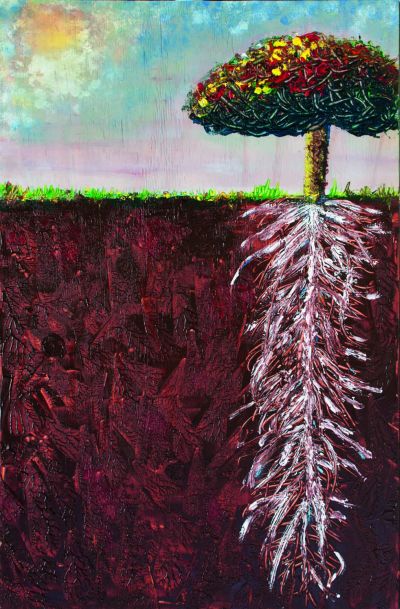
At the time of taking over the church Richard was running his own consultancy in health and safety for the chemical industry and I was practicing as an educational psychologist. We had both studied with UNISA throughout the 90s –he emerged with an MBL and I went on to do my M.Soc Sci with the University of Natal. Our writing efforts had been largely confined to the academic. The daily demands of pastoring a local church caused him to close his business immediately and mine also wound down over the next three years. We never gave up formulating new ideas and creative expressions for church life and leadership development, and wrote many training manuals. I even got as far as a book on church planting which was printed and circulated within our local apostolic network. However, to be totally honest that network didn’t place high value on books — preaching and pastoring was considered to be a face-to-face endeavour and there was almost a stigma attached to publication — as if it was a prideful attempt at self-glorification.
However, the one thing that Richard and I could not stop doing was reading books — our early exposure to a wide range of academic and cultural pursuits at Oxford set us up to be perpetual students. In the early years of the millennium a good friend called Wynand de Kock had a dream of creating an online seminary for training ministers “by the church, in the church, for the church” — designed to meet the needs of people like ourselves who had fallen into full-time ministry without a Bible school background. We were not hard to persuade to be guinea pigs for the pilot course of Open Seminary — and three years later we added an M.Phil. in practical theology from Pretoria University to our ridiculous list of over-qualifications. This probably made us seem even more suspect in an apostolic culture that valued practical wisdom over academic learning of any kind.
However, around 2009 we found our network (and by default our own church and personal connections in ministry) in a state of transition and we were radically impacted by two speakers/writers on opposite ends of the theological spectrum. One was Tim Keller — an evangelical Presbyterian who arrested us with the idea that the Gospel is “good news not good advice” and the other was Bill Johnson — who shattered our world entirely with the revelation that God himself is in a “good mood” (i.e. looks with favor towards a humanity that his Son has paid the ultimate price to redeem.) These two thoughts catapulted us into a new era in our own understanding of church community and leadership. We were utterly convicted of the need to fight for a combination of “Word” and Spirit” and refused to choose between Tim Keller’s profound understanding of the gospel of personal salvation and Bill Johnson’s gospel of the kingdom — we see both as necessary and valid in church life. It was probably the profound challenge of explaining the Spirit to evangelicals and articulating a good theology for charismatics that forced Richard to develop the ideas which became his book – God to the power three. GOD3 was also birthed out of some pastoral challenges — like the woolliness that many Christians have in their understanding of the Trinity — manifest in prayers like “dear Father Jesus, help me Holy Spirit.” The fundamental tenet of the book is that if God is three persons (as both evangelicals and charismatics strongly believe) — then to have a personal relationship with Him, will necessarily involve three distinct relationships. Richard writes as a pastor who is passionate to empower Christians to understand that they are saved as sons, radically inspired to ministry by an awesome older brother and empowered (and not a little “messed-up”) by a wild Spirit who is here to bring about a transformation of the kingdoms of this world into the “kingdom of our God and His Christ.”
New Age fair
Although my book, Strung between heaven and earth seems like a completely different project, it was also born out of the same theological processes. For a number of years a team of people from Hillside Church would visit our local New Age Mind Body Soul fair, set up a “free healing” stall and pray for anyone who would allow us to lay hands on them. We were astounded at how easily people of other faiths or even no faith received ministry from the Holy Spirit and how easy it was to tell them that Jesus had healed them because he loved them, and even that they could access this same Peace/Presence every day if they just asked Jesus to come into their lives. One time I felt frustrated that we had nothing to offer the people who did not want prayer. We didn’t want to go the religious tract route so I wrote a poem, laid it out with an attractive “New Age” looking design and simply handed it out with an email address lifeisorchestral@gmail.com. A Hindu man picked one up and took it home to his sister who was having “psychic attacks” — she emailed and asked if I could help her. We met at a coffee shop where I discovered that she had converted to Christianity and was being persecuted by her Hindu relatives who had placed a curse on her. I explained that Jesus has set us free from every curse, prayed for her over the table and she went away. Six months later she wrote again to say her symptoms had gone, her life had turned around and both her brother and sister had given their lives to Christ as a result. That incident showed me that poetry can change someone’s life — it does not have to be didactic or overtly Christian to affect someone positively because it is a creative act from the creative God who lives inside me.
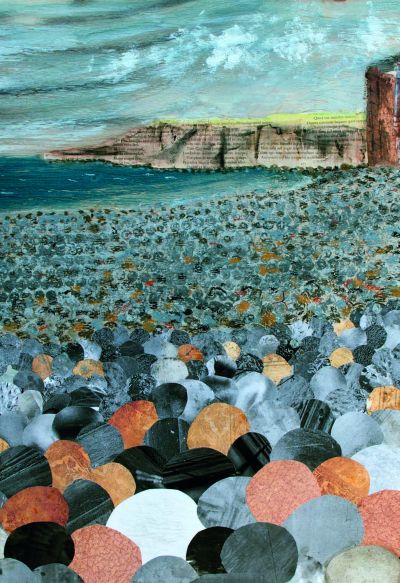
I had written poetry as a teenager but somehow as a new Christian had received the message that the Christian arts are merely a form of creative propaganda for evangelism. As I moved from the UK to South Africa the message was reinforced — that the proper sphere of writing is as a teaching and study aid. When, after 30 years of silence, I started to write creatively again, I wrote for myself mainly, but then discovered that my words had a profound impact on people — whether a personal poem in a greeting card or something that I wrote and read spontaneously in a worship service. I felt that I could publish my poetry but let’s face it — not many people will buy and read a book of poems. The last piece of the puzzle came when I attended a collage workshop run by an artist friend. If I had spent 30 years not writing, it was more like 40 years since I had done art at high school — and I had never pursued it because I am not very good with a paintbrush. The workshop introduced me to cutting and sticking and sponging and scraping — I felt like I was back in kindergarten again — having fun. A few months later I was in a prophetic conference where I caught a revelation of the power of art and artifacts to carry the anointing of Spirit (Paul used handkerchiefs!) and suddenly I saw the possibility of putting words and pictures together. Over the next six months I produced the 40 something art works that illustrate the poetry in my book. I found a local printer who understood my dream of producing something that was beautiful enough to put out on a coffee table — where the pictures would draw people to read the poems, even if they didn’t see themselves as an “arty-farty” kind of individual.
Both Richard and I have had a happy experience with the self-publishing process. We are both fussy about appearances and didn’t particularly want to hand that process over to someone else. I used one of my own art works for a cover design and Richard persuaded our daughter who is an accomplished graphic designer to design the striking cover of his. We did the layout ourselves using inDesign — and both found printers who were really patient and helpful with the proofing stages. It is easy to get ISBN numbers for free from the National Library in Pretoria. Strung Between Heaven and Earth came out in April and God to the Power Three in July 2014 and we have to confess that there is a tiny bit of family rivalry over who has sold the most copies. Richard is probably ahead of me in both numbers and income but I don’t mind because my book doesn’t fit into any marketing genre and I am really thrilled by the feedback I receive from individuals, many of whom who have used it as a “gift book” for unsaved family and even work colleagues, notably teachers and school principals. I am sure that we will both publish again – but it’s a bit like giving birth to a child — you need a bit of space to recover and to adequately launch and take care of the first child before you rush on to the next one.
- God to the Power Three is available at Adams bookshop in Durban, via online sellers like Amazon and can be ordered by an online form at http://form.myjotform.com/form/42352944769567 (See Facebook Page: https://www.facebook.com/Godtothepower3/)
- Strung Between Heaven and Earth is also available at Adams bookshop in Durban, via online sellers, and can be ordered from Jill’s blog at jilllawton.com


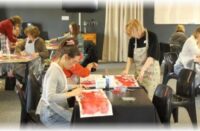
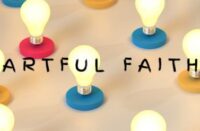

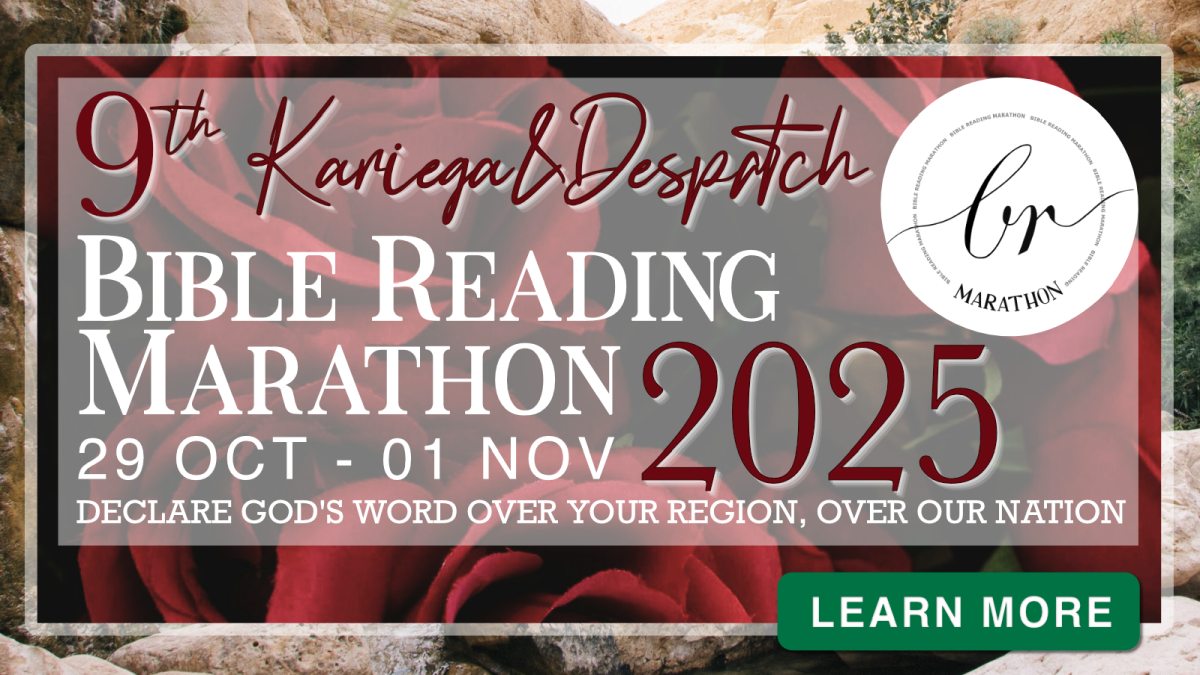
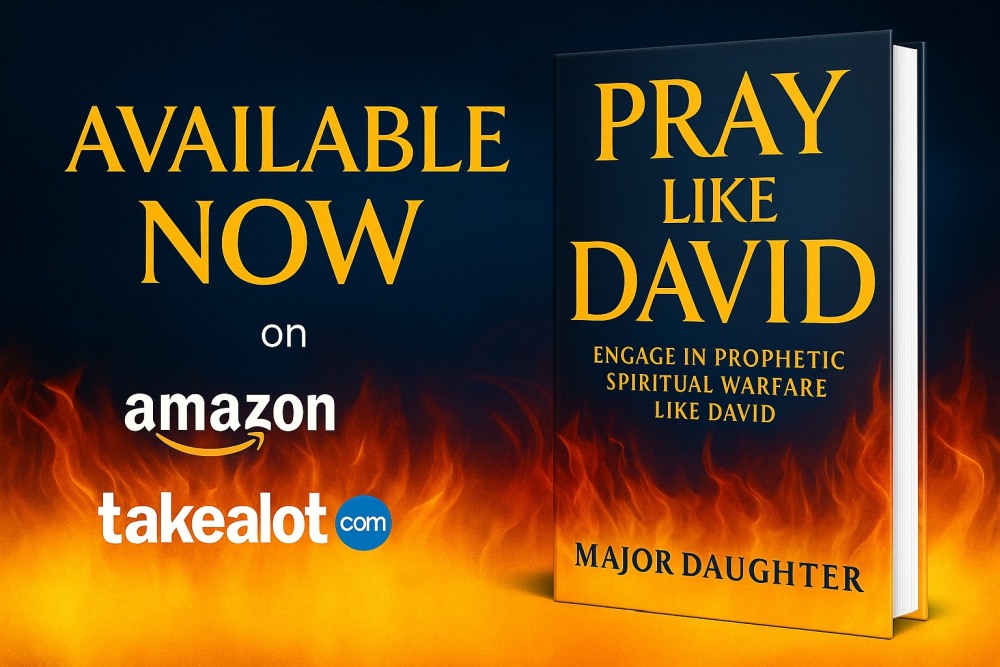

Jill I have read God3 and I found it an amazing read which has opened my eyes and broadened my thinking of the Holy Trinity. I have lent this book to the local pastor Tim Sumptner. He is Anglican but when I mentioned the book to him he told he could not stop thinking about it. I await his comments once he has finished.
I would like to hear more about this because as an English teacher and Christian, what I’ve read in your articleresonates with me.